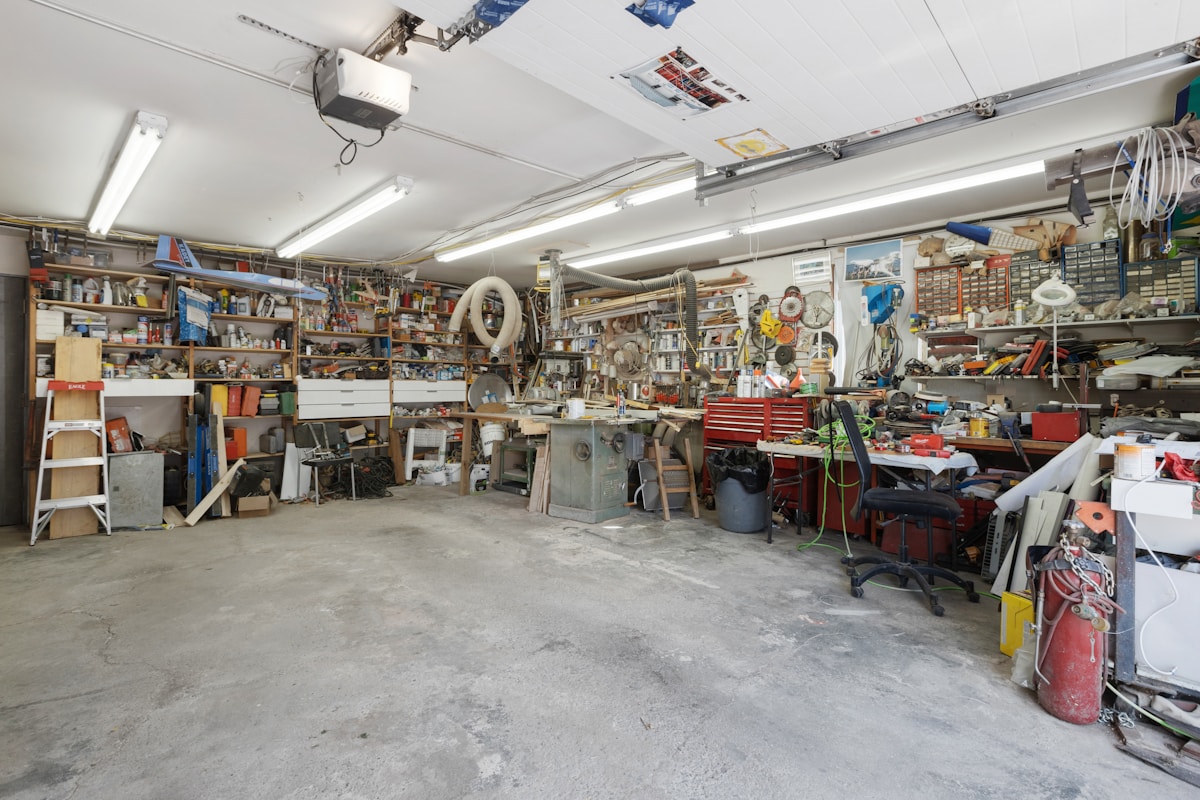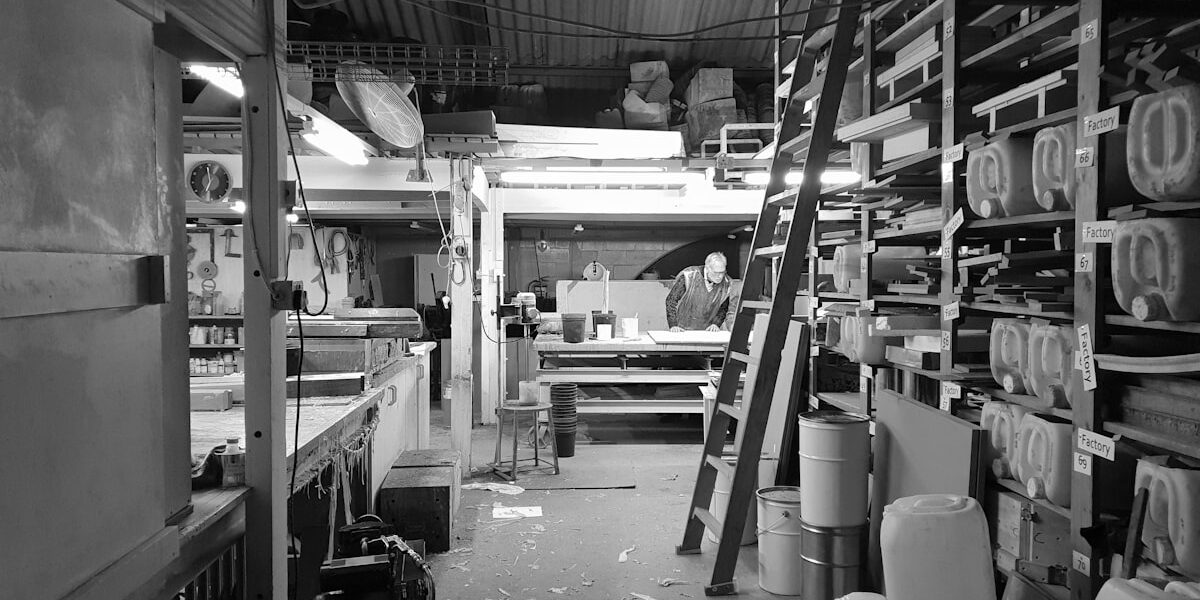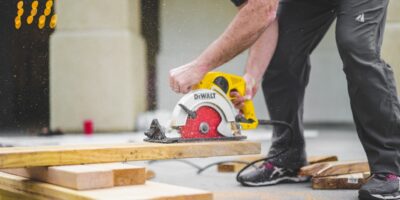Understanding Wall Mount Dust Collectors
Dust collectors are essential in workshops. They help maintain a clean environment and protect health. A wall mount dust collector is a space-efficient solution for small to medium-sized shops.
How Wall Mount Dust Collectors Work
A wall mount dust collector functions by suction. It draws dust and debris into a collection bag or filter. The motor creates a vacuum through a hose attached to various power tools. The collected dust is kept in a containment system attached to the wall.

Components of a Wall Mount Dust Collector
- Motor: The powerhouse of the dust collector. Typically measured in horsepower (HP). Determines the suction power.
- Impeller: A fan-like component. Essential for creating the vacuum effect.
- Filter: Traps fine particles. Prevents them from recirculating into the air.
- Collection Bag: Stores larger dust and debris. Easy to detach and empty.
Advantages of Wall Mount Dust Collectors
One of the primary benefits is space-saving. Traditional units require floor space. A wall-mounted unit is off the floor, freeing up workspace. Another advantage is its mobility. It’s relatively lighter and can be moved to a new location within the shop.
They are also easier to install. Many units come with mounting brackets for quick setup. Maintaining them is simple. The filter and collection bag are accessible, making routine cleaning straightforward.
Choosing the Right Wall Mount Dust Collector
Consider the following factors when selecting a unit:

- Suction Power: Measured in cubic feet per minute (CFM). Higher CFM means better performance.
- Filtration System: Different particle sizes require different filters. HEPA filters are ideal for capturing fine dust.
- Noise Level: Some units are quieter than others. Check decibel ratings if noise is a concern.
- Portability: Look for units with easy detachment if you plan to relocate it often.
- Collection Capacity: Larger bags mean fewer trips for emptying. Ensure the size meets your shop’s needs.
Installation Tips
Start by selecting the right location. Ensure the unit is within reach of your tools. Use sturdy mounting brackets. The wall should be able to support the weight. Secure the unit to wall studs for stability. Ensure the hose reaches all the tools. Avoid sharp bends to maintain suction power.
Maintenance Practices
Regular maintenance extends the life of the dust collector. Clean the filter routinely. Check the collection bag. Empty it before it’s full to avoid clogging. Inspect the hose for any blockages or damage. Lubricate the motor and impeller according to the manufacturer’s instructions.
Popular Brands and Models
Several brands are known for reliable wall mount dust collectors. Some of these include:
- Shop Fox: Known for durable and efficient models.
- Jet: Offers units with high suction power and superior filters.
- Powertec: Popular for compact and affordable units.
- Rockler: Provides versatile models suitable for various shop sizes.
Health and Safety Considerations
Inhaling dust particles can be harmful. Always wear a mask when emptying the bag. Ensure the area is well-ventilated. Regularly check the filtration system. It ensures that fine particles don’t recirculate. Use proper grounding to avoid static buildup. Keep the motor area clean and free of dust.
Common Issues and Troubleshooting
Loss of suction is a common issue. Check the hose for blockages. Ensure the filter isn’t clogged. Regularly empty the collection bag. If the motor overheats, inspect it for dust buildup. Sometimes, the impeller can get clogged. Clean it to restore functionality. If the unit vibrates excessively, check the mounting brackets for stability.
Cost Considerations
Prices vary depending on the brand and specifications. Basic models start around $150. High-end units can exceed $500. Factor in the cost of replacement filters and bags. A higher initial investment can result in better performance and longevity. Consider the long-term benefits before deciding.
Enhancements and Accessories
Several accessories can enhance the performance of a dust collector. Consider adding:
- Cyclone Separator: It pre-filters large particles, reducing the load on the main filter.
- Extension Hoses: Increases reachability to tools positioned farther away.
- Remote Control: Allows you to turn the unit on and off from a distance.
- Additional Mounting Brackets: For relocating the unit within the shop if needed.
Using a Wall Mount Dust Collector Efficiently
Plan the layout of your workshop. Position the dust collector centrally. This ensures the hose can reach all major tools. Use quick-connect fittings for easy tool swapping. Regularly inspect the unit. Address any wear and tear promptly. Educate all workshop users on proper usage and maintenance.
Environmental Impact
Using a dust collector reduces air pollution in the shop. It can contribute to better respiratory health for the users. Choose a model with efficient filtration. It minimizes the release of fine particles into the environment. Some units come with reusable filters, reducing waste. Be mindful of proper disposal methods for non-reusable bags and filters.
Real-World Applications
Wall mount dust collectors are used in various woodworking shops. They are ideal for carpentry, furniture making, and small DIY projects. They help maintain cleanliness in environments where cutting, sanding, and routing are frequent. Metal shops also find them useful for managing debris from grinding and welding activities.



Subscribe for Updates
Get the latest articles delivered to your inbox.
We respect your privacy. Unsubscribe anytime.